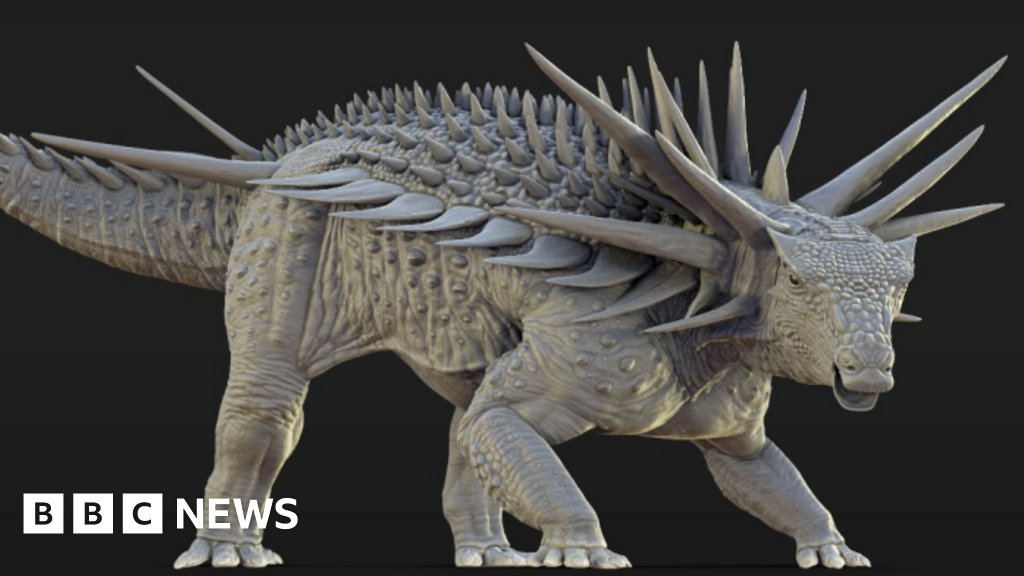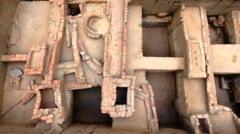In an astonishing archaeological breakthrough in Pompeii, Italy, experts have uncovered a lavish private bathhouse, speculated to be the largest of its kind ever found in the city. Hidden for nearly 2,000 years under layers of volcanic rock, this “once-in-a-century” discovery reveals a spacious bathing complex complete with hot and cold rooms, exquisite artworks, and a huge plunge pool that could accommodate 20 to 30 bathers.
Dr. Gabriel Zuchtriegel, the director of the Archaeological Park of Pompeii, claims that these findings transport us back to the moment before the catastrophic eruption of Mount Vesuvius in AD79. The bathhouse, rich in decoration with red walls and intricate mosaics, emphasizes the upper-class lifestyle of its owner, possibly a notable individual from Pompeii’s political elite.
Among the finds, the remains of two victims were discovered, providing a haunting glimpse into the peril faced during the eruption. The first was a woman clutching jewelry, while a man was found in a corner, presumably unable to escape the deadly pyroclastic flow. This stark contrast—between the opulence of the bathhouse and the tragic fates of its contemporary residents—paint a complex picture of Roman society.
As researchers continue their work at the site, they hope to reveal further nuances of daily life in this extraordinary ancient city. This fascinating excavation is being documented for a BBC series titled *Pompeii: The New Dig*, as scholars strive to understand and share the story behind Pompeii's remarkable past.
Dr. Gabriel Zuchtriegel, the director of the Archaeological Park of Pompeii, claims that these findings transport us back to the moment before the catastrophic eruption of Mount Vesuvius in AD79. The bathhouse, rich in decoration with red walls and intricate mosaics, emphasizes the upper-class lifestyle of its owner, possibly a notable individual from Pompeii’s political elite.
Among the finds, the remains of two victims were discovered, providing a haunting glimpse into the peril faced during the eruption. The first was a woman clutching jewelry, while a man was found in a corner, presumably unable to escape the deadly pyroclastic flow. This stark contrast—between the opulence of the bathhouse and the tragic fates of its contemporary residents—paint a complex picture of Roman society.
As researchers continue their work at the site, they hope to reveal further nuances of daily life in this extraordinary ancient city. This fascinating excavation is being documented for a BBC series titled *Pompeii: The New Dig*, as scholars strive to understand and share the story behind Pompeii's remarkable past.






















